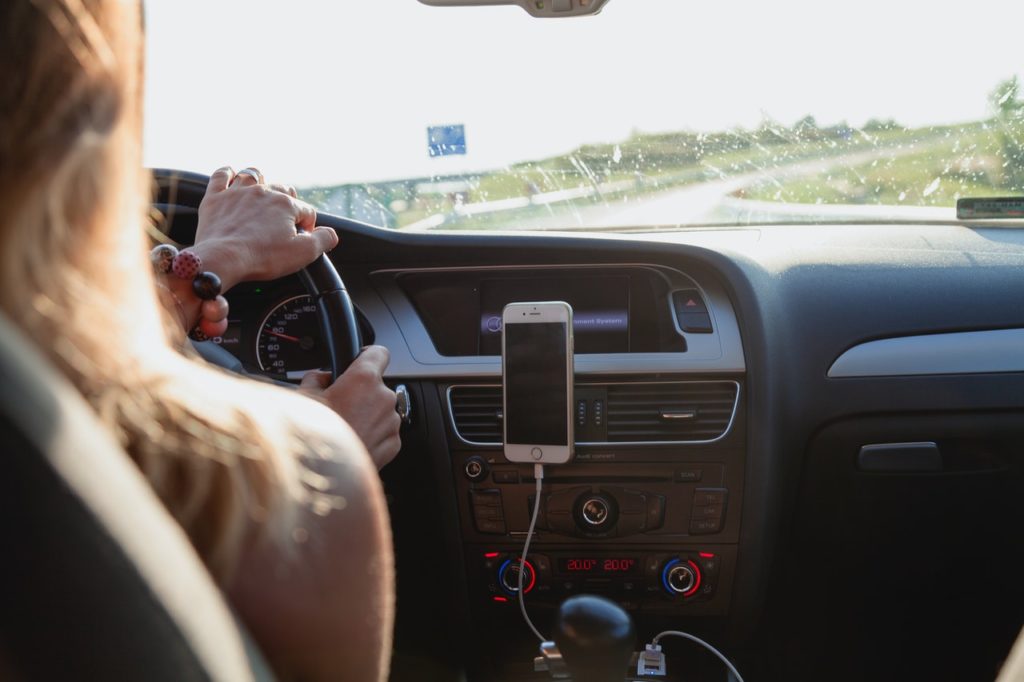Buying your first car is an exciting time. However, before you meet with your car dealer and book for your test drive, there are things that you need to take care of first.
Getting your first car, whether new or used, can be daunting and overwhelming. With research and doing the needed preparations, you avoid making wrong decisions and costly mistakes. You would not want to end up with a car too small or too big for your needs. You also would not want to settle with a car loan with high-interest rates or a dealership that offers poor services, whether you or your parents are paying for it. But mostly, you would not want to be a potential hazard on the road.
Like with any major purchase, buying your first car entails many prerequisites on your end. There is no room for impulse buying when it comes to cars. Getting your first car will always be special so keep it that way by making it a successful venture.
Get your learner’s permit.
Driving your own car with poor driving skills can be disastrous for you and everyone around you. Be sure to know the basics of driving and get your license first before considering getting your own car. You wouldn’t want to use your new car as a practice vehicle.
Some states require you to take a driver’s education course. Some don’t. The courses needed for each state also differ. For instance, in the state of Florida, you must complete the four-hour Traffic Law and Substance Abuse Education Course or the Florida DMV TLSAE course before you can get a learner’s license. This course teaches beginner drivers about the effects of certain substances on your ability to drive, state laws, and safe driving techniques, among many others. This course is being offered online for your safety and convenience.
After taking the course, you need to complete the DMV Road and Sign Test, pass a vision and hearing test, and submit a parental consent form to get your learner’s permit. You must also be at least fifteen years old to get a learner’s permit.
Once you have obtained your learner’s permit, you can now practice your actual driving skills.
Brush up on your driving skills.
What you can do with a learner’s permit may vary depending on where you live. You can only drive a vehicle in Florida if an adult accompanies you with a valid driver’s license and only between 6:00 AM to 10:00 PM for the first three months after you get your learner’s permit.

If you want to get your intermediate license, you need to check your state’s specific requirements. Generally, you should be at least 16 years old, must have a learner’s permit, and you must have completed a specific number of hours of behind-the-wheel training. In Florida, you need at least 50 hours of driving, ten hours of which must be driving at nighttime. It must be certified by your parents or a legal guardian.
You must also have no driving tickets or violations within a year. Once you meet these requirements, you need to take a driving test at the DMV.
Know the type of car that you need.
An SUV may look cool, but if you’re single, then getting one may not be practical. You will just be paying for extra space and extra fuel for nothing.
If it’s just you and you will mostly be driving within the city, then a subcompact may be enough for your needs. But if you will be driving with your family, or you will always be carrying cargo, then a bigger vehicle may be right for you.
Another thing to consider is whether you will buy a brand-new or used car. Buying brand-new may be more expensive, but it has its own perks. A brand-new car comes with a warranty for a certain period to cover certain defects and problems that you may encounter. You also do not need to worry about wear and tear. However, buying brand-new means that you have to pay for its depreciation.
Buying second-hand can be less costly, but it also comes with its own set of demands. You need to pay more attention during your test drive for potential issues. You have to ensure that everything is working, from its electronics to the simplest controls, such as its wipers or the locks of the doors. During the test drive, you must also be perceptive to strange noises that may indicate serious problems.
Once you have chosen your car type and model, do your research. Read car reviews and forums, and look for issues that current users have experienced. It is also a good time to get to know how to operate the car that you want.
Prepare your parking space.
If you have a yard, then prepare a driveway or garage for your car. If you don’t, you need to know where you will park. Depending on where you live, you may need to purchase or rent a parking space. You can also street-park if it is allowed in your area. Be sure to study the parking laws so that you won’t have problems.
Now that you have things settled, it is time to look for a dealership and schedule a test drive. Research about dealerships near you and read reviews about them. Look them up on the Internet first, or you can also check with friends. Before you show up at a dealership, try to get a quote first through e-mail and make sure that the car model you want is available and that they offer a test drive.

